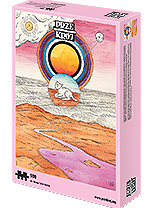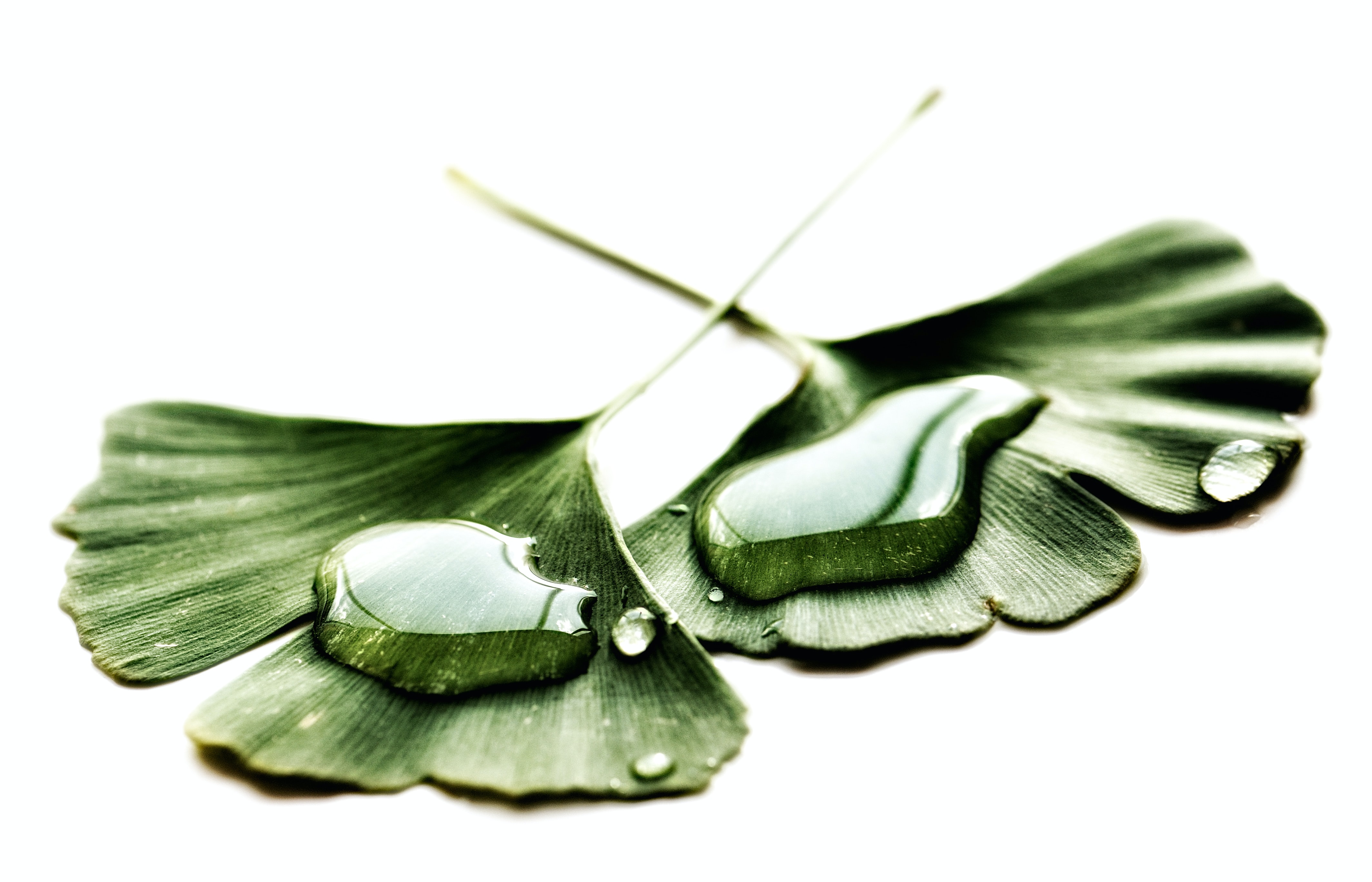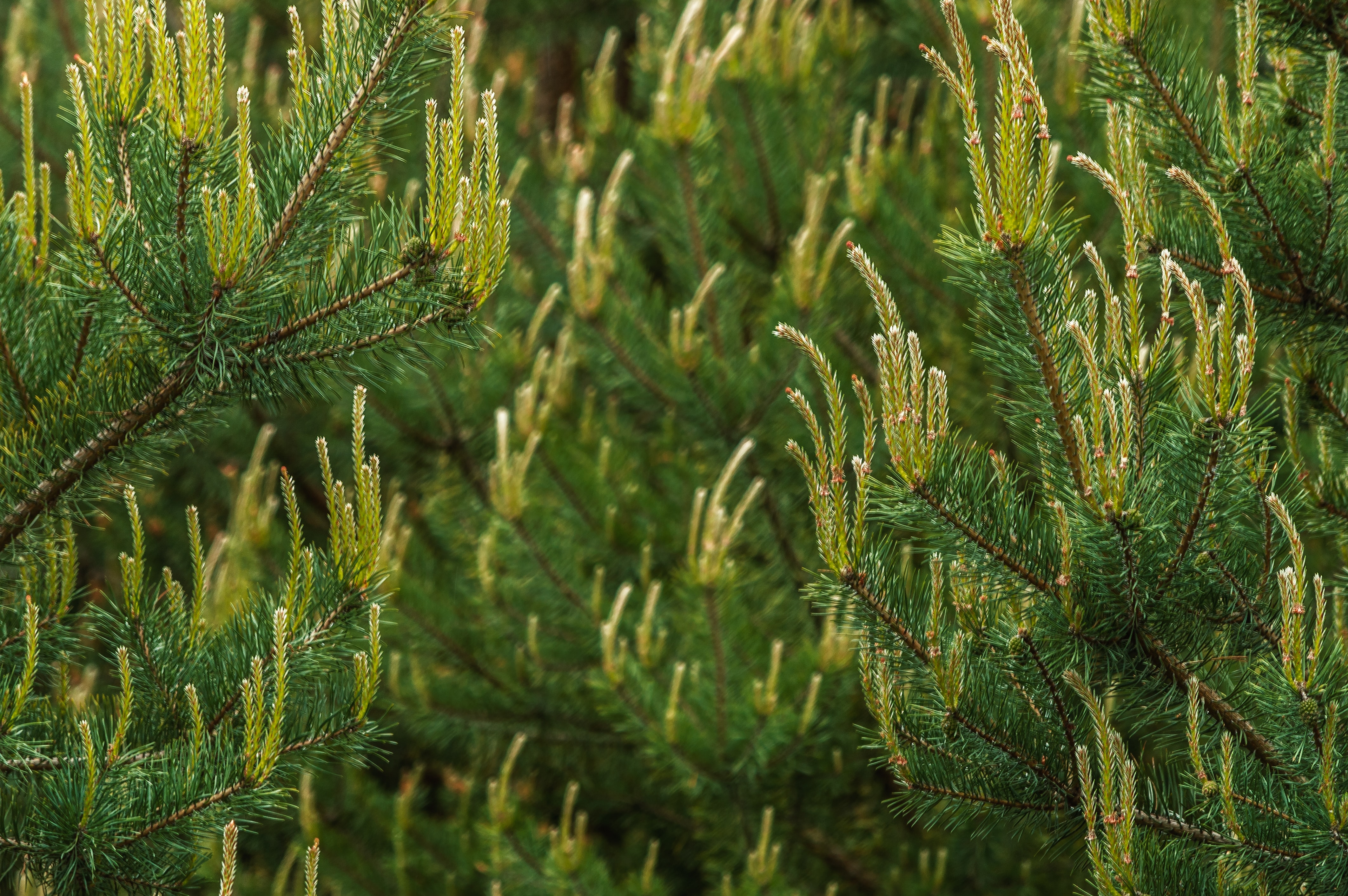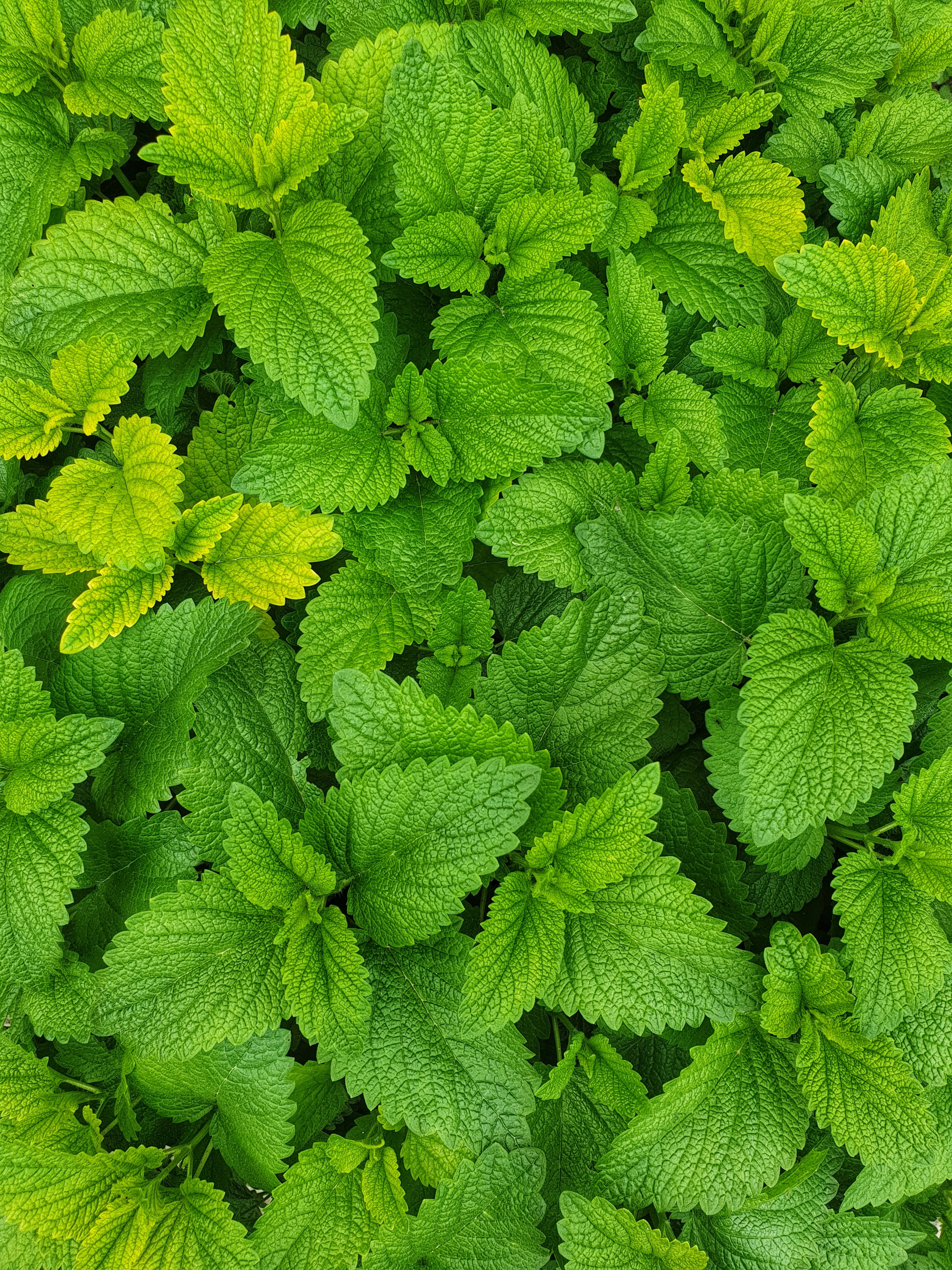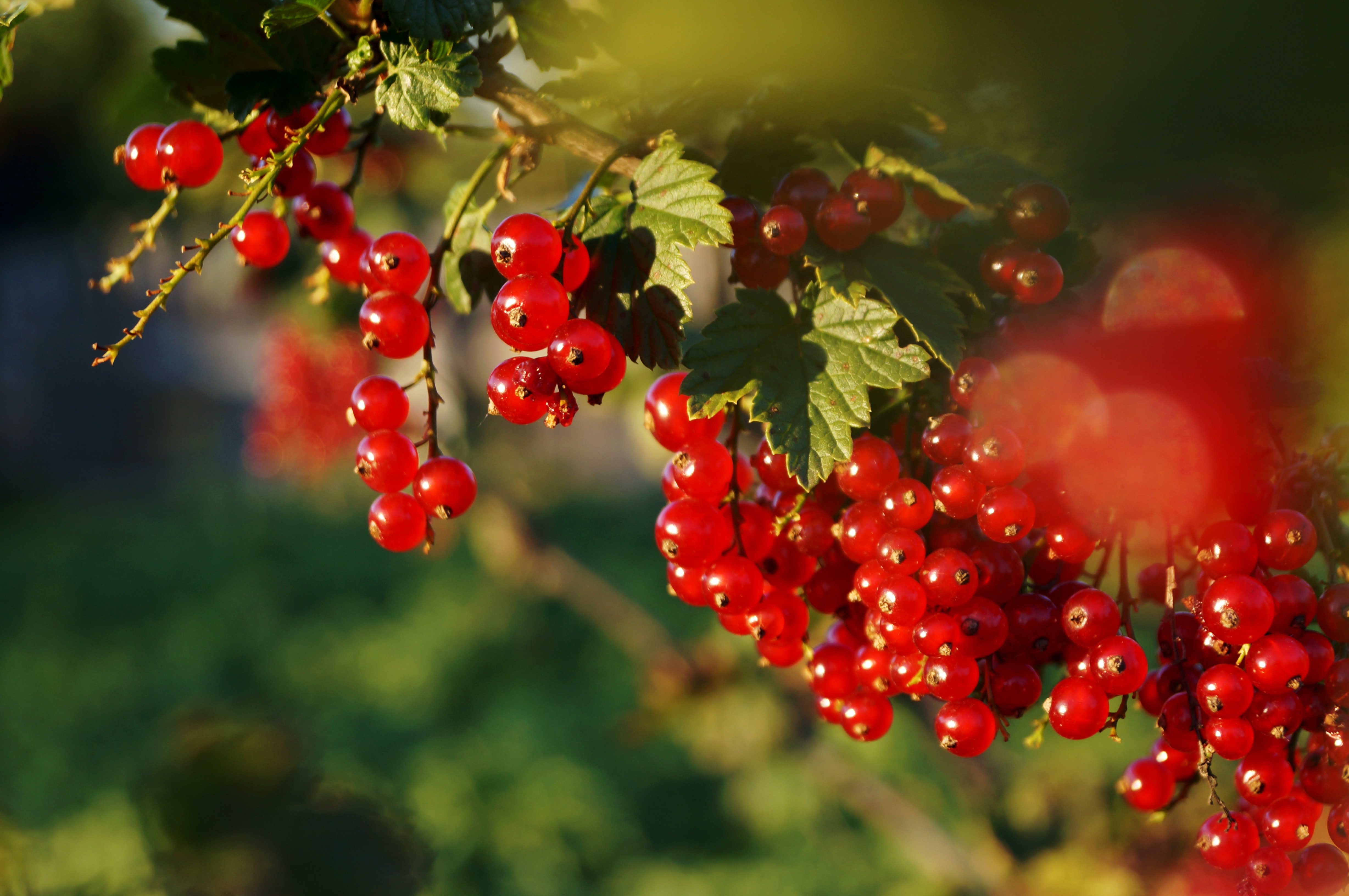
A subjective overview of plants, which – according to both Eastern and Western traditions – can help us enjoy our youth longer.
Youth is obviously neither a special achievement nor a lucky coincidence, wrote the philosopher and historian Leszek Kołakowski, “[…] and it isn’t something to be acquired, won, or regained, even though various treatments are meant to restore youth.” While over-reliance on such treatments should be avoided, the inevitability of ageing shouldn’t discourage us from searching for solutions that will help us stay in good shape, both physically and mentally. The body does age, but it’s also endowed with regenerative capacity, which can be well supported by plants, among other things.
Let’s first take a look at our European garden.
Archangelic youth
Garden angelica – Angelica archangelica, Archangelica officinalis – is a plant associated with heaven and its inhabitants. Has anyone seen an old angel? Legend has it that some monk was once visited by the winged archangel Gabriel himself (or Rafael, according to some versions), who revealed the properties of a plant considered a remedy for the many plagues that shook mediaeval Europe. The archangel’s unresolved identity aside, angelica is a biennial plant that thrives in humid and secluded places. It often grows along mountain streams and is sometimes referred to as European ginseng. It comprises several essential oils, thanks to which it has a balsamic aroma with spicy and resinous undertones. Conducive to maintaining a healthy nervous system, it reduces fatigue, improves concentration, ensures clarity of mind, enhances mood and relieves anxiety. Angelica also fights parasites, especially if its root is eaten on an empty stomach.
In addition, this plant lowers blood pressure and makes it easier to fall asleep. It eliminates bacteria, fungi and mites. Triggering the secretion of digestive juices and saliva, it increases the production and flow of bile. Due to its diuretic and sudorific properties, it helps get rid of metabolic waste products.
Smoke and chew it, everyone
Angelica – or to be specific, its leaves – were used by the Sámi people to wrap and preserve fish they were transporting on long-distance journeys. They believed that growing angelica in the garden ensured a long life. In Lapland, this dried plant used to be smoked, like tobacco in other parts of the world.
As for chewing, one fine example is Annibal Camoux, a Marseille-born French soldier, who became famous for his longevity. He claimed to have lived for over 100 years and bragged about chewing angelica root every day. He said he’d learned about plants from the botanist Joseph Pitton de Tournefort. Louis XV even rewarded him with a good pension, while a few artists painted his pictures. Camoux died in 1759, supposedly at the age of 121. It turned out, however, that he’d slightly exaggerated how old he was. As conscientious researchers found out in 1957, he was born in Nice in 1669, so he was in fact 90 when he died. But let’s appreciate his avid mind, thanks to which he recognized the demand for longevity and enjoyed the kind of pension we can only dream of.
The powerful ginseng family
Nowadays, the most popular plant of youth is Siberian ginseng (Acanthopanax senticosus or Eleutherococcus senticosus). Siberian ginseng wasn’t known of in antiquity or the Middle Ages; it was discovered more recently and is used for medical purposes. To get this popular plant, we rely on natural resources – there are no plantations. Both rhizome and root are used. When E. senticosus is of good quality, it is light grey and has a specific aroma: not too strong, but it might cause a slightly fiery feeling on the tongue.
This plant has invigorating properties. It boosts strength, enhances both mental and physical efficiency, as well as immunity, especially when we feel weak. Affecting the central nervous system, it enhances mood. Occasionally, it is used as a supplement for the treatment of cancer, diabetes, or circulatory disorders.
Older members of the ginseng family include the Korean Panax ginseng, known for thousands of years, and the American Panax quinquefolius. There’s also their kinsman, which isn’t part of the family, but should be mentioned: Withania somnifera (aka Indian ginseng, winter cherry or ashwagandha, the latter of which means ‘horse’s smell’ in Sanskrit). It makes one healthy as a horse and, additionally, serves as an aphrodisiac.
Ayurveda knows
Anyone searching for a youth elixir will sooner or later turn to Eastern knowledge. There, they will be welcomed by the mother (or rather, grandmother) of medicine: Ayurveda, which is all about healthy living. Without good health, it’s hard to enjoy youth, including the second or the third one. Among the plants recommended by Ayurvedic medicine practitioners, there are three that are the best for youth preservation. Let’s begin with holy basil, also called tulsi or tulasi.
Across the world, there are around 60 types of basil. The one that is the most popular in Europe is Ocimum basilicum, also called great basil, French basil or Genovese basil (its culinary uses don’t even need to be mentioned). It is noteworthy that this inconspicuous plant is likely named after a mythological creature: a half-lizard, half-dragon with fiery breath and a fatal piercing stare. Wild basil was considered a remedy for venomous bites, but the Greeks and Romans maintained that to become so potent, it had to be sown during rantings and debates. I have no clue how they implemented this idea.
Holy basil (Ocimum sanctum or Ocimum tenuiflorum) is another story. This long-lived plant grows wild in southern Asia, but is now cultivated almost everywhere. Ayurvedic medicine considers it to be an elixir of life. It benefits the central nervous system and supports neural regeneration, which, in turn, improves memory, concentration and associative skills.
Its leaves range in colour from light green to purple. Typically it is used in infusions, which have a soothing quality, mild taste and delicate aroma. It’s recommended for those already diagnosed with or predisposed to diabetes, since it stimulates the pancreas and reduces insulin resistance, simultaneously lowering blood sugar levels. Ocimum sanctum helps cure the common cold, fever, a sore throat, coughs and respiratory problems. In a nutshell, it’s an essential plant in any house, for people of all ages.
For memory’s sake
To boost and rejuvenate memory, Ayurvedic medicine practitioners recommend a plant called brahmi (Bacopa monnieri). It slows the ageing process, which is particularly important for brain cells prone to neurodegenerative diseases such as Parkinson’s or Alzheimer’s. Brahmi improves blood flow in the brain. It positively impacts both the nervous and immune system. It can also be used to prevent hair loss, since it has a beneficial effect on the scalp.
Refresh the face
Another example of pure goodness encapsulated in a plant is jatamansi. Its Latin name is Nardostachys jatamansi, i.e. nard. It grows in the Himalayas, as well as in the high mountains of Japan and China. It likes habitats located over 3000m above sea level. Nard is associated with female eroticism and is used to regulate the menstrual cycle. As an incense, it calms nerves and brings a good night’s sleep. Ayurvedic medicine recommends it for blood purification, circulatory stimulation and respiratory system diseases. It has an amazing musk and wood aroma. Applied on the skin, it makes it look younger. Infusions ensure mental balance. Sadly, due to overexploitation, jatamansi is now endangered. This is why it’s a good idea to replace it with the European equivalent: valerian (Valeriana officinalis).
A druid herb
Let’s return to the herbs that are within European reach. Since antiquity, the plant known as common mistletoe (Viscum album) has been greatly valued by many nations and regarded as a medicine and symbol of the eternity of the world. In Anglo-Saxon culture, it’s called witch’s broom, golden bough, or devil’s twister.
This semi-parasitic, evergreen shrub lives on both coniferous and deciduous trees; it thrives on poplars, birches, oaks, pines, linden trees, as well as fruit trees. It is spread by birds. Its leathery leaves are lancet-shaped. The fruit is a white berry. Mistletoe exists on many Eurasian territories, and for many years has been viewed as a therapeutic and holy plant. It was used as an antidote and fertility medicine. Typically, it’s harvested after the winter, but it might as well be picked all year round. Dry it slowly in an airy place; the leaves should stay light green and preserve a bitter taste. The wealth of ingredients in particular plants varies and depends on the mistletoe’s host. The plant lowers blood pressure, widens blood vessels and prevents arteriosclerosis. Dosage and length of treatment, however, need to be consulted with a doctor, since it also contains poisonous substances.
Mistletoe blooms from February through April, and its fruit ripen in November. Water and alcohol extracts have both diuretic and nerve-calming properties. They help lower blood pressure, regulate the circulatory system, increase heart contraction frequency and widen blood vessels. It’s eaten by such animals as does, deer and hares. In Western Europe, farmers give it to cows that have just calved, since it also has anti-bleeding properties. Druids, on the other hand, valued the most mistletoe that thrived on oaks – as a ritual, they would cut it off with a golden sickle.
The ladies of the Camellias
When writing about antioxidants, it’s essential to mention plants from a respected herbal family. The Camellia family includes almost 300 species, but the most popular is Camellia sinensis – Chinese tea, whose leaves are used for herbal brews. A lot has been written about the benefits of green tea, which appears to be one of the healthiest beverages in the world. In a brew, the bioactive compounds from the leaves remain in unchanged form, with plenty of polyphenols (e.g. flavonoids and catechins) – famous antioxidants that prevent the effects of free radicals, and, in turn, help protect cells from damage. Catechins are also believed to kill bacteria and viruses, and reduce the risk of caries. It needs to be remembered, however, that drinking too much green tea leads to an accumulation of oxalates, which are bad for the kidneys and urinary tract. Also, poor quality green tea contains lots of unnecessary fluoride, so, if possible, make sure you use good quality leaves.
Due to caffeine and l-theanine, green tea supports brain activity. L-theanine is an amino acid that crosses the blood-brain barrier. It has a soothing effect, alleviates anxiety, regulates mood, and boosts the frequency of alpha waves in the brain, which increases productivity and learning efficiency. Research has proven a synergic effect of caffeine and l-theanine, which serves as the main argument for tea lovers who want to prove its superiority over coffee. And I can attest to how a few cups of tea enhance my own productivity – if I drank the same amount of coffee, I just wouldn’t make it.

